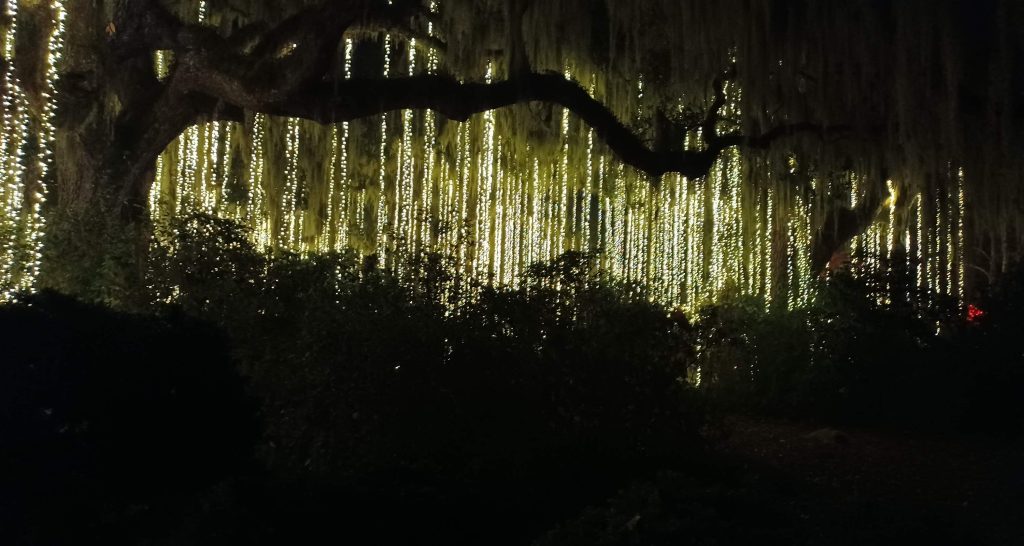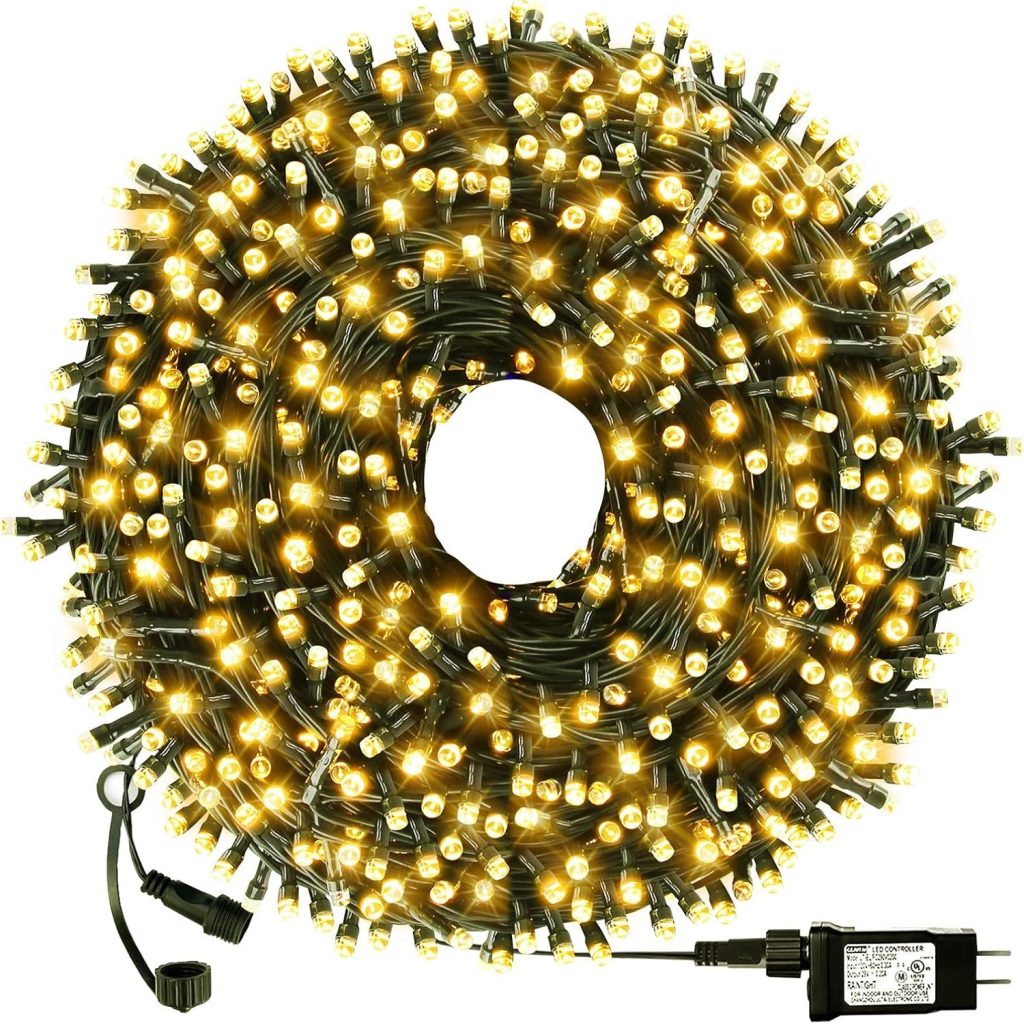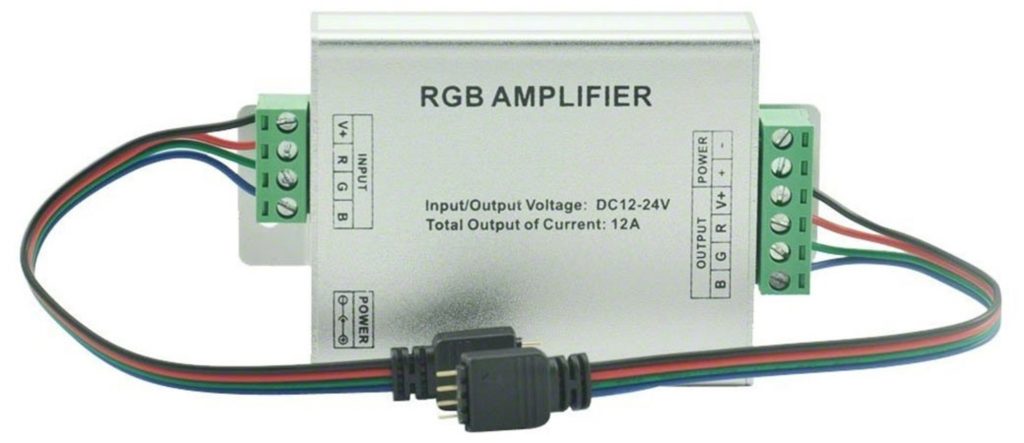Maximizing Brightness by Stranding LED String Lights
A Brief Overview of LED Lighting
Light-emitting diode lighting is an innovative technology that has revolutionized the lighting industry. Unlike traditional incandescent or fluorescent lights, LEDs generate light by passing an electric current through a semiconductor material. This process, known as electroluminescence, is what gives LEDs their distinctive and advantageous qualities.
LEDs come in various shapes and sizes, further increasing their versatility. Among these types are the landscape string lights, which have become increasingly popular for both indoor and outdoor use due to their durability and energy efficiency. The adaptable nature of LED string lights makes them suitable for illuminating everything from intimate patio dinners to vibrant festival settings.
Another distinguishing aspect of LED technology is its longevity. On average, an LED bulb can last up to 25 times longer than its conventional counterparts. This superior lifespan can be attributed to LEDs’ unique design; they do not possess a filament that burns out over time but instead are constructed using robust semiconductor material.
While LEDs initially gained recognition for their energy efficiency and durability, they have since proven to be more than just practical lighting solutions. Designers and homeowners alike have found creative ways to utilize LED lights within their decorative schemes because of the plethora of colors available with this technology.
Landscape lighting has especially soared in popularity due to its potential to accentuate outdoor features subtly and beautifully. Despite being a relatively new advancement in the lighting sector, LEDs are rapidly evolving from novelty items into mainstream essentials – a testament to progress driven by consumer demand for better-quality light sources.
Shining Bright: The Importance and Benefits of Using LED Lights
One cannot underestimate the importance of effective lighting in our lives – it affects everything from our mood to productivity levels – making quality lighting essential in both residential and commercial settings. LED lights have emerged as an excellent solution due primarily to their incredible energy efficiency.
These lights can produce more lumens per watt compared to traditional incandescent bulbs, which means that they use less power to emit the same amount of light. This efficiency is not only good for the environment but also for the pocket, as it reduces energy costs significantly.
Moreover, LED lights generate less heat than other types of bulbs. This characteristic makes them safer in settings where minimizing fire risk is paramount – including landscape lighting – where they are often placed near flammable materials like plant leaves or patio furnishings.
LEDs offer unmatched versatility when it comes to color and brightness control as well. The ability to tune them to emit a specific hue or intensity makes them ideal for creating ambiance, highlighting features with landscape string lights, or catering to individual lighting needs.
But arguably most importantly, LEDs have a significantly longer lifespan compared to traditional light sources. This longevity leads not only to lower replacement costs but also contributes towards less waste production – a small yet essential step towards sustainable living.
Whether we’re considering their superior performance from an ecological perspective or their unparalleled versatility in design applications, the benefits that LED lights bring are irrefutably transformative.
Unraveling the LED Enigma: Understanding the Basics
The term ‘LED’ is an acronym that stands for ‘light-emitting diode‘, a type of semiconductor that emits light when an electric current is passed through it. This functionality of LEDs places them several strides ahead of traditional lighting solutions such as incandescent or fluorescent bulbs, primarily due to their lower energy consumption and longer lifespan. For this reason, they have profoundly revolutionized the way we perceive and utilize landscape lighting.

LEDs operate on a principle called electroluminescence – this is where they outshine their contemporaries. Unlike incandescent bulbs, which generate light by heating a filament until it glows, LEDs produce light through the movement of electrons in a semiconductor material. Therefore, they do not rely on heat generation, making them exponentially more efficient.
Despite their cooler operation compared to incandescent bulbs or halogen lights, LED components do produce heat. However, this heat is pulled away from the LED itself via a heat sink usually located at its base and then dissipated into the surrounding environment – thus keeping it cool to the touch and mitigating any fire hazards during prolonged usage.
Additionally, LEDs have the unique ability to emit specific colors based on the energy gap in the semiconductor, making them ideal for applications where colored lights are critical – such as festive or mood lighting scenarios.
An LED’s life expectancy can be up to 50 times longer than that of traditional bulbs, and unlike regular bulbs or tubes, which fail abruptly after their lifespan ends, LEDs tend to dim gradually and thus give ample notice before needing replacement. This feature alone gives it significant advantages for non-disruptive landscape string lighting installation.
A Spectrum of Possibilities: Different Types of LED Lights
The diminutive size of individual LEDs offers incredible versatility in design freedom and expression for architects and designers alike when implementing landscape lighting ideas. Moreover, with rapid advancements in technology leading to increased luminosity levels coupled with decreased heat output, LEDs are fast becoming indispensable in our day-to-day lives.
Single Color LEDs: Simplicity Meets Elegance
Single-color LEDs, as the name implies, produce one color of light. They’re the oldest and simplest type of LED. The color they emit depends on the specific materials used to create the semiconductor. While originally limited to red, technological advances have expanded their spectrum to include almost every hue.
In landscape lighting, single-color LEDs offer a consistent and steady light output. They are often used where a specific ambiance or mood needs to be created. For example, warm white lights can create a cozy or romantic atmosphere in gardens or patios.
RGB LEDs: A Kaleidoscope at Your Fingertips
RGB LEDs consist of three separate LED colors – red, green, and blue – housed within a single casing. By varying the intensity of these three colors, an RGB LED can produce over 16 million colors. This ability opens up endless possibilities for dynamic and colorful landscape lighting designs. With RGB LEDs strung together into landscape string lights, you can set different themes for your outdoor space depending on occasions or seasonal trends.
Programmable RGB LEDs: The Future is Here
Taking it another notch higher are programmable RGB LEDs that not only allow for an array of colors but also provide control over each individual LED unit in the string. This granular control allows for intricate animations and pattern generation, enhancing interactive landscape lighting experiences. These strings of programmable LEDs can create moving waves of light across a swath of property or sequential lighting patterns, transforming ordinary landscapes into luminary art pieces at night.
How Many LED String Lights Can Be Stranded Together?
When planning any lighting project that involves LED string lights, whether for a festive occasion, a backyard makeover, or a commercial display, understanding the limits and possibilities of how many strings can be safely connected is critical. This requires consideration of several key factors, including power requirements, wire gauge, and the potential for voltage drop. By addressing these aspects in detail, this guide provides the knowledge necessary for both novice decorators and seasoned professionals to string LED lights effectively.
A Brief Overview of LED String Lights
LED string lights are a popular choice for various lighting applications due to their energy efficiency, durability, and versatility. Unlike traditional incandescent bulbs, LEDs generate light through electroluminescence, which involves passing an electric current through a semiconductor material. This process is highly efficient and ensures a longer lifespan compared to other lighting technologies.

LED string lights come in various lengths, colors, and configurations, making them suitable for a wide range of settings, from intimate gatherings to expansive outdoor events.
A key feature of LED string lights is their energy efficiency. These lights consume significantly less power than traditional incandescent options, enabling longer runs without overloading circuits. Additionally, the minimal heat generated by LEDs enhances their safety, especially when used near flammable materials such as fabrics or dry foliage.
Factors Influencing the Number of Strings That Can Be Connected
Determining how many LED string lights can be stranded together involves understanding several technical aspects. Each factor plays a vital role in ensuring the safety and effectiveness of your lighting setup.
Voltage Requirements
Voltage requirements are a primary consideration when connecting multiple LED strings. Most residential LED string lights operate at either 120V (standard household voltage) or 12V for low-voltage systems. It is essential to ensure that the combined voltage of connected strings matches the capacity of the power source. Overloading the voltage can lead to dim lighting or even damage the light strings.
Power Consumption and Wattage
Each LED string consumes a specific amount of power, measured in watts. To determine the maximum number of strings that can be connected, you need to calculate the total wattage of all strings and ensure it does not exceed the power source’s capacity. Manufacturers typically provide the wattage per string on the product packaging or in the user manual. For example, if each string uses 10 watts and the power source can handle 100 watts, you can safely connect up to ten strings.
Amperage Limitations
The amperage rating of the circuit also plays a crucial role in determining the number of strings that can be connected. Amperage refers to the amount of electrical current the circuit can safely handle. Exceeding this limit can result in tripped breakers or even electrical fires. To calculate the total amperage, divide the total wattage by the voltage (e.g., 100 watts / 120 volts = 0.83 amps). Ensure the total amperage does not exceed the circuit’s capacity, which is usually 15 or 20 amps for residential circuits.
Wire Gauge and Its Importance
The thickness of the wire, measured in gauge, affects its ability to carry electrical current without overheating. Lower gauge numbers indicate thicker wires, which can handle more current. For longer runs of LED string lights, using a thicker wire is advisable to reduce the risk of overheating and ensure consistent brightness across all strings. Thin wires may limit the number of strings that can be safely connected and may also lead to voltage drop.
Voltage Drop and Its Effects
Voltage drop occurs when the electrical potential decreases along the length of the wire, resulting in reduced brightness in the lights farthest from the power source. This is especially common in long runs of LED strings. To minimize voltage drop, you can use shorter strings, higher-quality wires with lower resistance, or multiple power sources strategically placed along the lighting setup. Additionally, low-voltage systems are more susceptible to voltage drop, so careful planning is necessary for such configurations.
Practical Considerations for Stranding LED String Lights Together
When stranding multiple LED string light, safety should always be a top priority. Overloading circuits by connecting too many strings can pose significant risks, including fire hazards and damage to the lights. Always consult the manufacturer’s guidelines, which typically specify the maximum number of strings that can be connected. These guidelines take into account factors such as wire gauge, wattage, and voltage requirements to ensure safe operation.
In residential settings, it is common to connect five to ten 50-light strings without exceeding the circuit’s capacity. For commercial applications, where the scale of lighting projects is larger, it is essential to use professional-grade equipment and adhere to strict safety standards. Commercial setups often involve more robust power sources and may require additional tools such as power injectors or amplifiers to manage the electrical load effectively.
Addressing Advanced Challenges: Voltage Drop and Power Injectors
For extensive lighting setups, managing voltage drop becomes increasingly important. When the last few lights in a long run appear dimmer than the rest, it is a clear sign of voltage drop. To counter this issue, consider using a higher voltage power source, shortening the length of each string, or installing additional power sources along the setup.

Power injectors or amplifiers can also be employed to maintain consistent brightness across all strings. These devices provide supplementary power at specific points, enabling longer runs without compromising performance.
Lifespan and Maintenance Considerations
Proper maintenance and adherence to safety guidelines can significantly extend the lifespan of LED string lights. Overloading circuits not only poses safety risks but can also shorten the operational life of LEDs. Excessive current flow may cause overheating, leading to premature failure of the lights.
Additionally, exposure to harsh weather conditions, such as rain or extreme temperatures, can affect the durability of outdoor LED strings. To protect your investment, opt for weather-resistant models and store them properly when not in use.
Conclusion: How Many LED String Lights Can Be Stranded Together?
Understanding how many LED string lights can be stranded together requires careful consideration of several factors, including voltage requirements, power consumption, wire gauge, and the potential for voltage drop.
By adhering to manufacturer guidelines and implementing best practices, you can create stunning lighting displays that are both safe and efficient. Whether illuminating a cozy backyard gathering or a large-scale commercial event, LED string lights offer unmatched versatility and performance. With proper planning and maintenance, these lights can brighten your spaces for years to come.
You may also be interested in the following posts:
